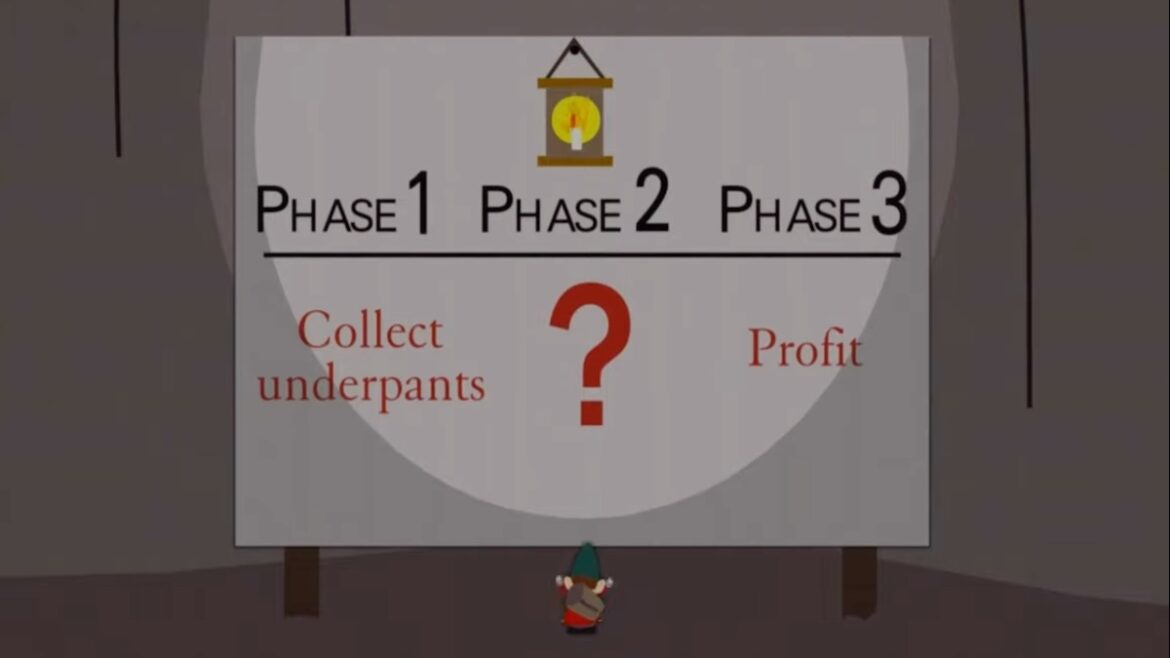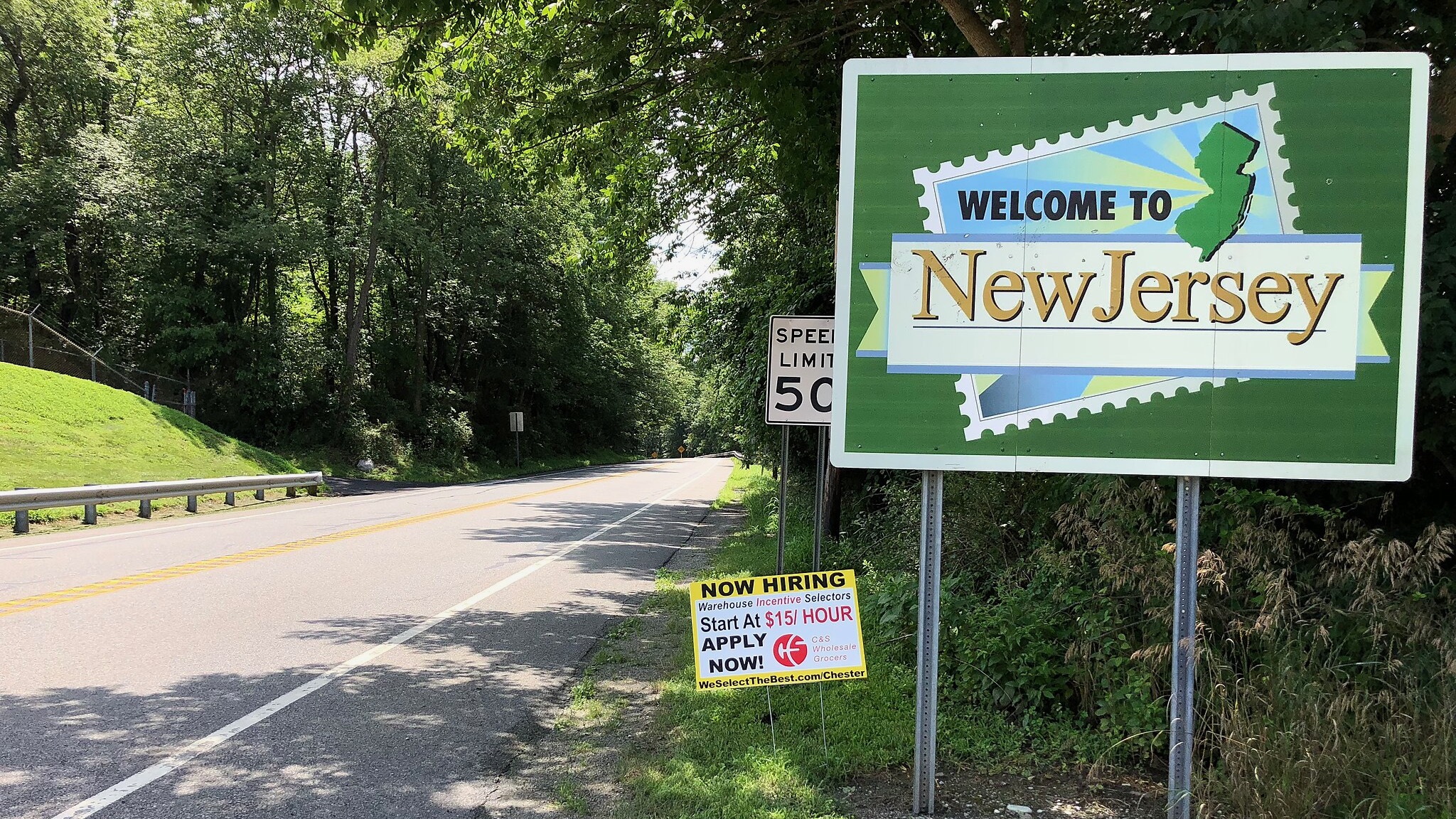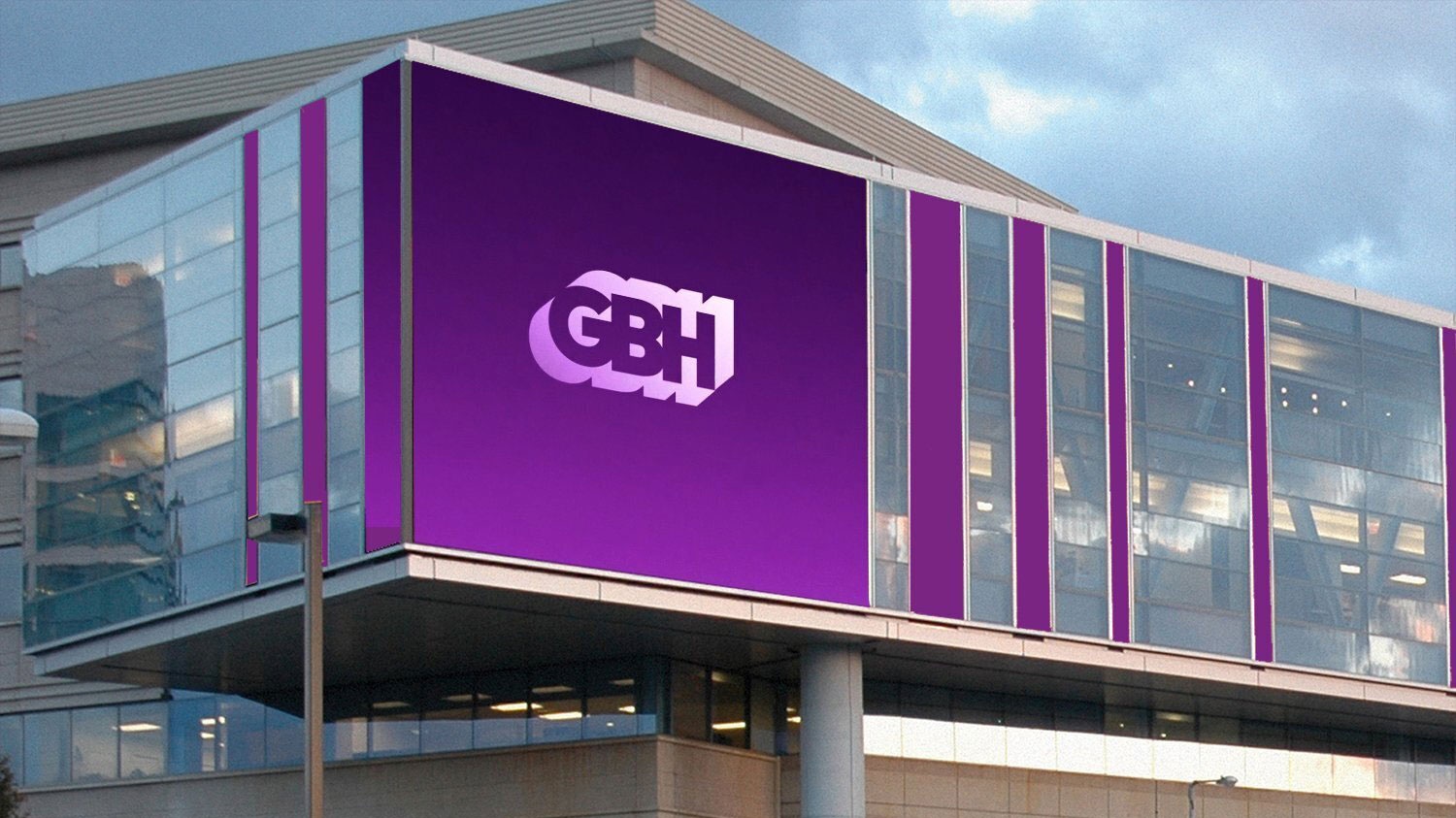Time is running out to solve the digital revenue puzzle

We’re seeing a depressing litany of layoffs and cutbacks in public media, especially among large news-focused organizations that bet big on growing online audiences. After a decade of digital expansion, some stations are pulling back.
Now, they face a stark choice: go back to broadcast basics, double down on digital, or try to do both, all with less money than before.
Even stations that have excelled in reaching a broader and more diverse audience are struggling to turn it into revenue.
“Our cost cutting comes at a time when our sustained audiences have never been larger,” wrote LAist CCO Kristen Muller about the station’s budget shortfall. “Our efforts to reach and engage people on digital channels are succeeding. But the revenue is not following pace.”
A recent report from the Wyncote Foundation is bullish on our ability to reach new audiences through digital platforms. But when it comes to financial sustainability, not so much.
“Developing significant, renewable revenue from digital services has proven to be unpredictable at best, in either the short or medium term,” the report says. “The prospect of achieving sustainability through digitally based revenues alone seems unlikely.”
This reminds me of a South Park episode about gnomes who steal underpants. Cartman, Stan and their friends track the gnomes back to their lair and discover their secret business plan:
Step 1: Collect Underpants
Step 2: ?
Step 3: Profit
It’s a parody of the half-baked promises of the dot-com boom. It could apply equally well to public media:
Step 1: Grow digital/on-demand audience
Step 2: ?
Step 3: Financial sustainability
How are local stations answering the question in step 2 and turning that digital, on-demand audience into revenue? Believe it or not, there are some hopeful signs in the system that this is possible.
New digital revenue is like broadcast revenue in its sources — individual giving (including membership and major gifts), underwriting and government/institutional support.
Of those three, underwriting is currently the most challenging. It’s particularly hard for a local station’s video series or podcast to become big enough to garner significant digital underwriting revenue. Some large NPR stations and NPR itself have had more success, but also suffered when advertisers pulled back from podcasts.
Federal funding depends a lot on the results of the next election. At the state level, we’ve seen some successes in increasing funding for local journalism. However, that new funding is relatively small, and there will be intense competition for it from other media outlets.
In speaking with experts in the system, I heard the most hope for individual giving. For TV stations, Passport is a key driver of new membership. Others see potential in major gifts and philanthropic funding for stations that can prove they are reaching broad audiences on digital platforms.
TV is growing digital membership while radio struggles
In public media, there is one digital platform that is growing steadily and bringing in new members: Passport. It’s responsible for helping most public TV stations and joint licensees grow their membership rolls, while many radio-only stations are seeing declines.
Passport is responsible for 44% of new donors and 10% of annual member revenue at public TV stations and joint licensees, according to Michal Heiplik, president and CEO of Contributor Development Partnership.
CDP just released a report on local station fundraising based on its National Reference File, a database that includes millions of public media donors.
The percentage of membership revenue coming from digital sources is growing for TV stations and joint licensees. In contrast, for radio-only stations, digital revenue actually declined in 2022 and 2023.
It’s not all good news for public TV. Declines in broadcast viewing and TV pledge are taking their toll. Still, PBS stations now have found a successful and growing digital revenue source.
Public radio cannot say the same. The “Passport” of public radio is the nascent NPR Network. This name is an umbrella for a multipronged strategy designed to help create a local-national value proposition on digital platforms.
The NPR Network is just getting off the ground, which may explain why its revenues are not showing up in CDP records. “It’s not significant enough to track just yet, but it will be,” Heiplik said.
Personally, I applaud the work to set up the NPR Network. Still, audio streaming is very different from video, and NPR started down this path later than PBS. That will make it more difficult for public radio to replicate Passport’s success.
Heiplik puts the stakes in stark terms. The average age of a station member is about 70. Nearly 200,000 of those donors die every year — about 2% percent of all national donors. And radio stations are not replacing them fast enough.
“If we don’t solve the new donor challenge, we are in deep trouble,” he said.
Not too late to join the party
After a sobering look at the numbers, I sought reassurance from Joyce MacDonald, CEO of Greater Public.
A vision for engaging large digital audiences can inspire major giving, she said. Donors get excited when local stations reach new audiences through digital platforms.
Station membership rolls are full of potential big donors — they just need to be cultivated. MacDonald points to the results of Greater Public’s new VeritUs program, which gives stations intensive coaching and support. On average, VeritUs stations saw a 50% increase in major giving after two years, she said.
“We are late to the party on major giving, but it’s not too late,” she said.
On the other end of the spectrum, stations also need to get better at seeking and accepting small donations as a way to get new members in the door.
In the past, public media stations had a huge fundraising advantage over other nonprofits. Any time we wanted to reach potential givers, all we had to do was go on camera or grab a mic.
Lacking that megaphone, other nonprofits got really good at digital fundraising, using tactics such as gathering data, personalizing emails, and marketing on digital platforms. MacDonald says stations are working hard to catch up.
Reassured by MacDonald’s optimism, I was ready to talk to Kristen Muller, LAist’s CCO. A few years ago, Muller wrote an article that deeply influenced me: “Engaged Journalism is a Revenue Strategy. Here’s Why.”
LAist is all in on reaching new audiences. Muller says the pivot to digital is all about long-term sustainability.
“Radio is my first love,” she said. “It’s gotten us to this incredible place. But it’s just not going to sustain us in the future in the way it once did.”
Not everyone agrees. During a recent LAist all-staff meeting, a staff member questioned the pivot to digital audiences. He pointed out the station’s reduction of locally produced radio programming and the fact that radio still pays most of the bills.
“I was grateful he was willing to say the quiet part out loud,” she said. “However, I know what it looks like if we don’t even try to pivot. We will shrink and shrink.”
Even if we know the path forward, changing the broadcast-focused culture of public media stations may be the hardest part. It’s a classic case of the “Innovator’s Dilemma.” When we focus too much on our existing members, we’re missing the opportunity to reach new supporters.
To go back to our underpants gnomes example, we knew how to raise money on broadcast TV and radio. We’re seeing some “green shoots” of success on the digital side — but we’re running out of time to develop and implement them.
“This is not a three-year problem,” Muller said. “This is a now problem.”
Correction: A previous version of this article used the incorrect name for Greater Public’s coaching program. It is VeritUs, not Veritas.








Hi! Great article, my only question is regarding the NPR Network. I am not sure it exists outside of a branding idea. I haven’t seen anything on how local stations can monetize the idea of the ‘NPR Network’. NPR+ is certainly a step in the right direction, but NPR hasn’t provided local stations anything close to a ‘Passport’ like asset (unless I have missed something, which is possible!).